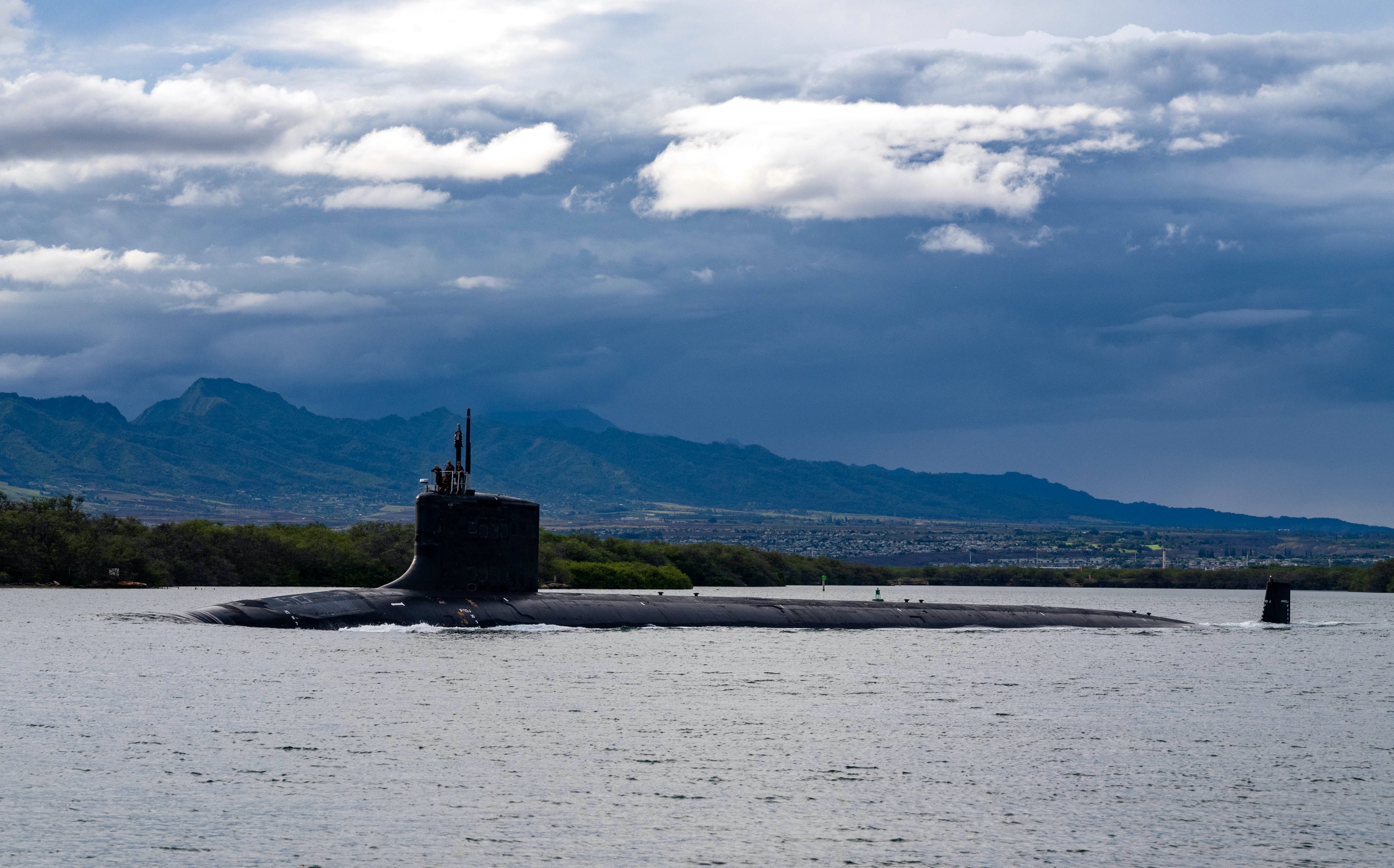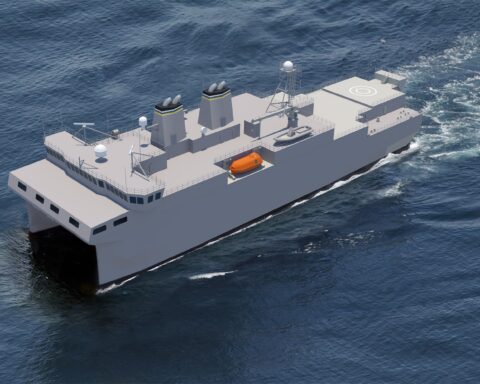The following is the Oct. 22, 2018 Congressional Research Service report, Navy Virginia (SSN-774) Class Attack Submarine Procurement: Background and Issues for Congress.
From the report
The Navy has been procuring Virginia (SSN-774) class nuclear-powered attack submarines (SSNs) since FY1998. The two Virginia-class boats that the Navy has requested for procurement in FY2019 would be the 29th and 30th boats in the class, and the first two to be covered under a multiyear procurement (MYP) contract for at least 10 Virginia-class submarines to be procured in FY2019-FY2023.
The Navy estimates the combined procurement cost of the two Virginia-class boats requested for procurement in FY2019 at $6,502.3 million (i.e., about $6.5 billion). The second of these two boats is to be the first Virginia-class boat built with the Virginia Payload Module (VPM), an additional, 84-foot-long, mid-body section equipped with four large-diameter, vertical launch tubes for storing and launching additional Tomahawk missiles or other payloads. The Navy plans to build all Virginia-class boats procured in FY2020 and subsequent years with the VPM, and the Navy’s FY2019 budget submission shows that VPM-equipped Virginia-class boats in FY2020 and beyond have an estimated recurring unit procurement cost of about $3.2 billion in today’s dollars.
The two boats requested for procurement in FY2019 have received an estimated total of $2,128.9 million in prior-year “regular” advance procurement (AP) funding. (This figure is an estimate, because Congress has not yet completed action on the FY2018 Department of Defense appropriations act.) Based on this estimate, the Navy’s proposed FY2019 budget requests the remaining $4,373.4 million in procurement funding needed to complete the boats’ estimated combined procurement cost. The Navy’s proposed FY2019 budget also requests $1,810.9 million in “regular” AP funding for Virginia-class boats to be procured in future fiscal years, and $985.5 million in additional Economic Order Quantity (EOQ) AP funding for components of Virginia- class boats to be procured under the FY2019-FY2023 Virginia-class MYP contract, bringing the total amount of procurement, “regular” AP, and EOQ AP funding requested for the program in FY2019 to $7,169.8 million (i.e., about $7.2 billion), excluding outfitting and postdelivery costs.
The Navy’s force-level goal, released in December 2016, is to achieve and maintain a 355-ship fleet, including 66 SSNs. To increase the size of the SSN force toward the 66-boat goal, the FY2019 30-year shipbuilding plan includes 16 more SSNs than the Navy’s previous (FY2017) 30-year shipbuilding plan. The first of the 16 additional SSNs is a second Virginia-class boat in FY2021. Under the Navy’s FY2019 30-year shipbuilding plan, a 66-boat SSN force would be achieved in FY2048. CRS and CBO estimated in 2017 that adding even more SSNs to the earlier years of the 30-year shipbuilding plan could accelerate the attainment of a 66-boat force to as early as 2037. The Navy’s FY2019 30-year shipbuilding plan shows options for adding another 12 SSNs to the 30-year plan, but only 3 of the 12 occur in the earlier years of the plan.
From the mid-2020s through the early 2030s, the number of SSNs is projected to experience a valley or trough, reaching a minimum of 42 boats (i.e., 24 boats, or about 36%, less than the 66- boat force-level goal) in FY2028. This projected valley is a consequence of having procured a relatively small number of SSNs during the 1990s, in the early years of the post-Cold War era. Some observers are concerned that this projected valley could lead to a period of heightened operational strain for the SSN force, and perhaps a period of weakened conventional deterrence against potential adversaries such as China. The projected SSN valley was first identified by CRS in 1995 and has been discussed in CRS reports and testimony every year since then. As one measure for mitigating this valley, the Navy’s FY2019 budget submission proposes to refuel and extend the service life of one older Los Angeles (SSN-688) class submarine. The Navy states that this could become the first of as many as five Los Angeles-class SSNs to be refueled and have their service lives extended.





